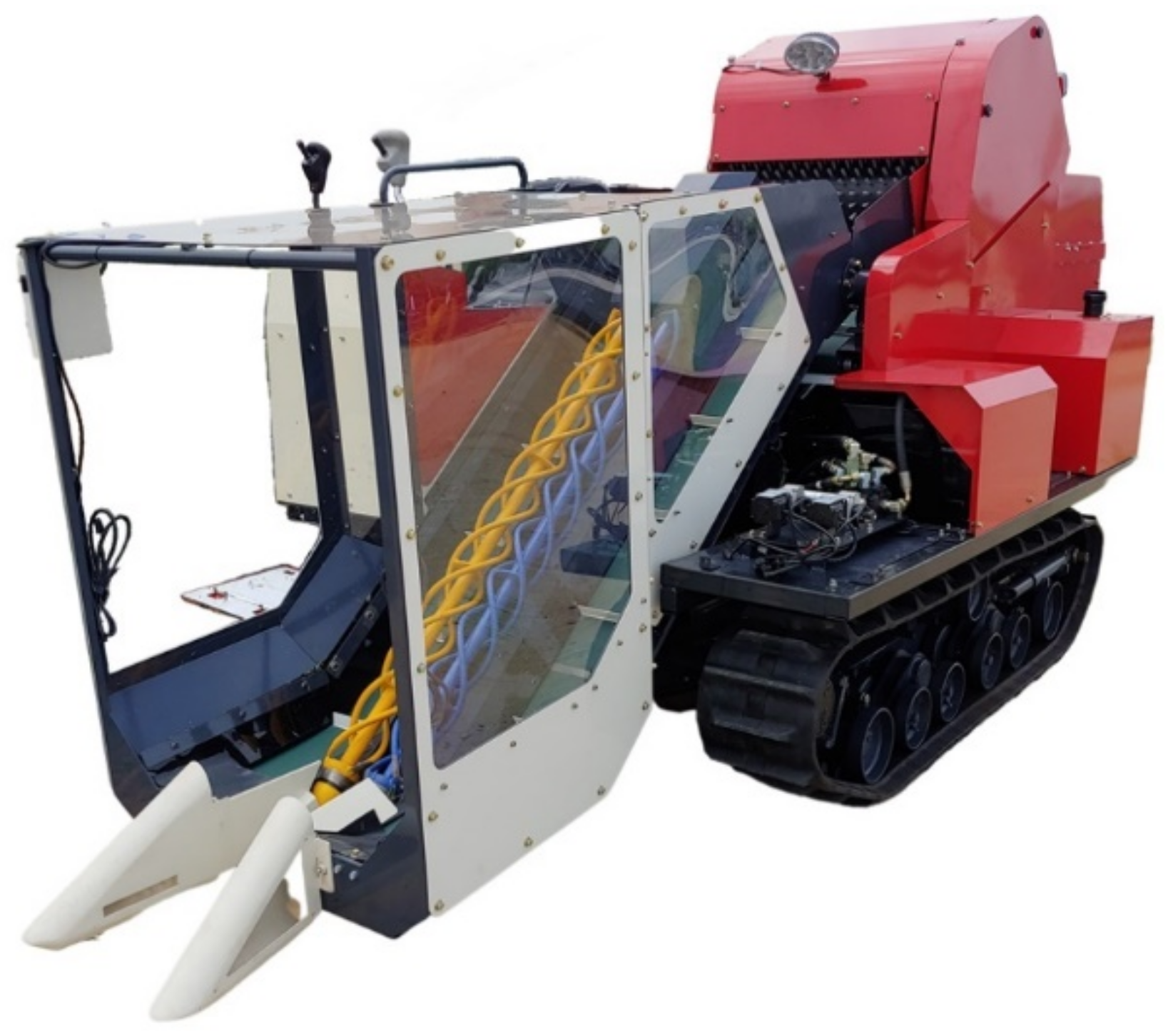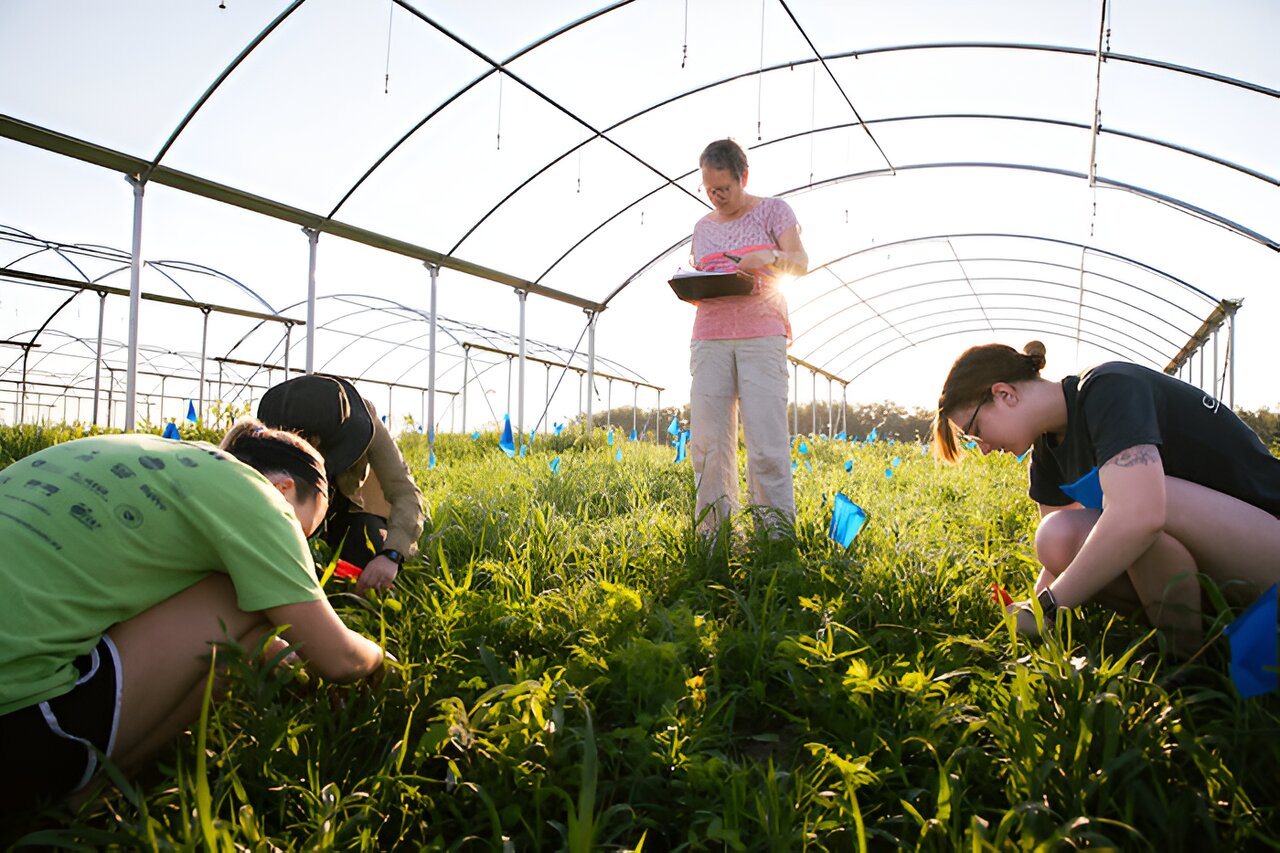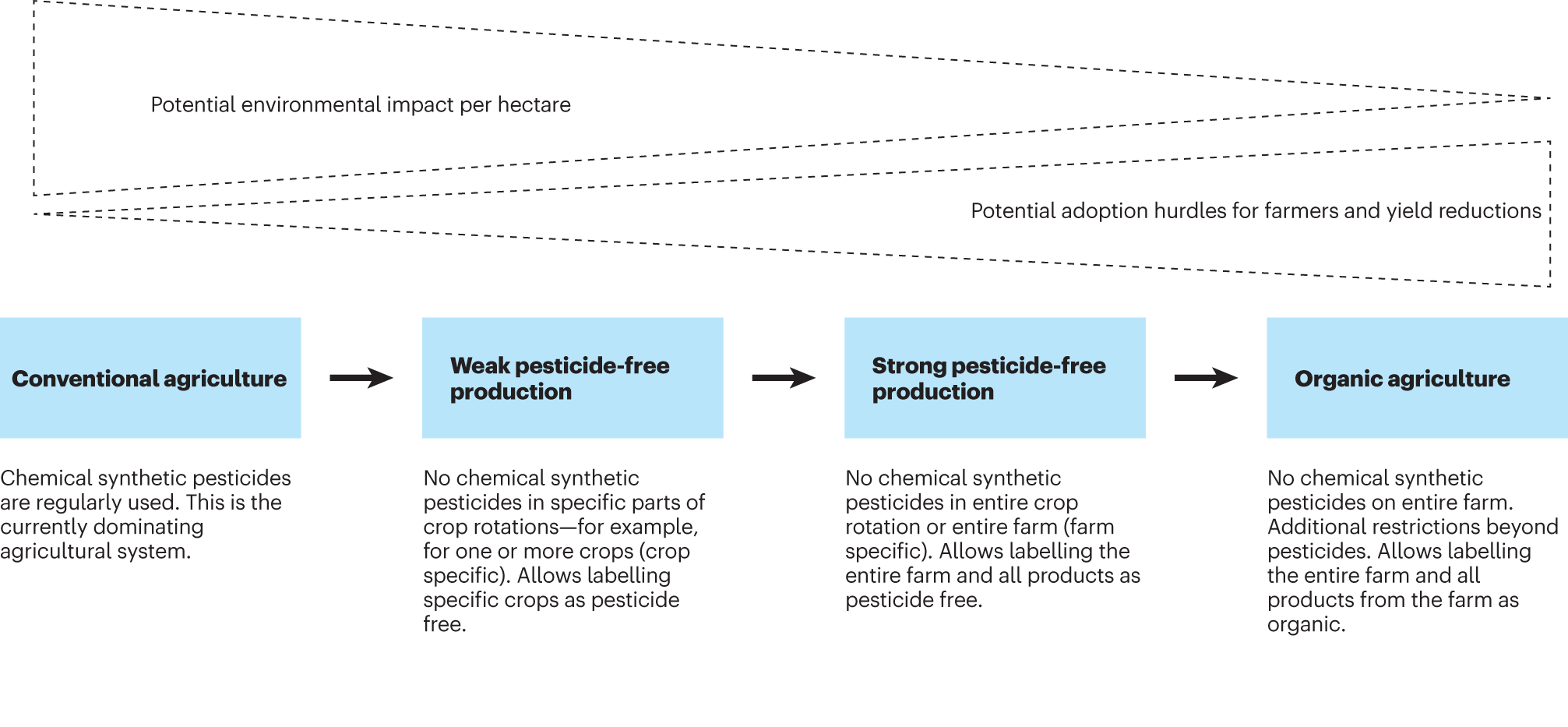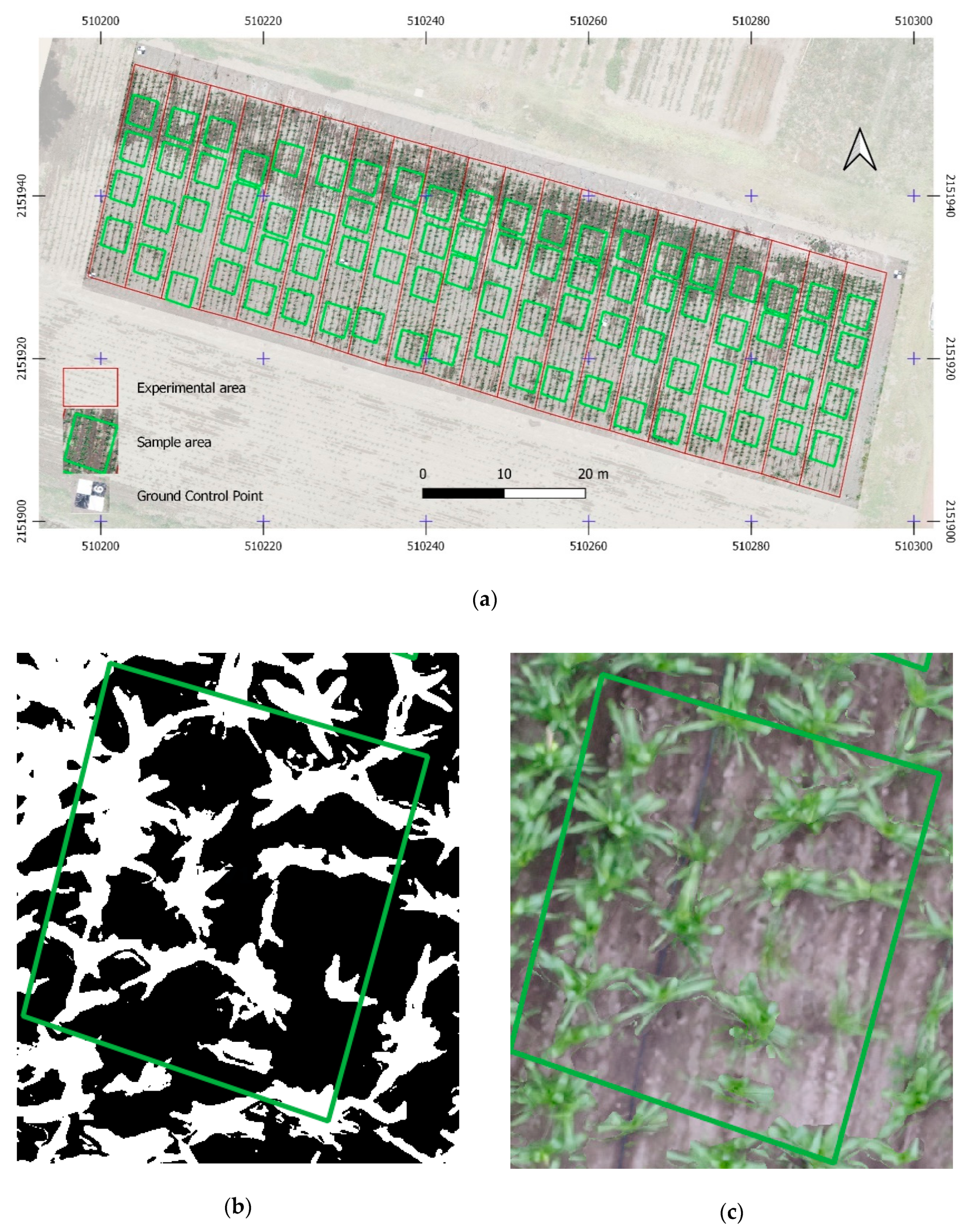
Agriculture, Free Full-Text
4.8 (298) In stock

4.8 (298) In stock
Pesticides have been widely used in agriculture, resulting in significant pollution that affects both the environment and human health. This pollution is particularly prevalent in nearby agricultural areas, where sensitive resources are contaminated through spray drift exposure and surface runoff. Spray drift is a critical concern when it comes to environmental hazards. It poses health risks not only to farmers and pesticide applicators, but also to individuals living in nearby farm areas. To address this issue, developing reliable models and techniques for estimating spray drift and reducing its impact has become a crucial and efficient research topic. The current research has three primary objectives: firstly, to estimate the average pesticide application rates, trend analysis, and concentration distribution; secondly, to estimate the temporal variations of pesticide concentrations and identify the areas most likely to be affected by pesticide spray drift close to agricultural fields; and lastly, to develop a model for field spray drift and deposition integration between the OpenAir package for the R programming environment and the AgDRIFT atmospheric model. The drift model, along with precise supervised classifications, allowed for a more accurate estimation of potential drift in agricultural areas at a spatial resolution of 15 m. Additionally, multiple scenarios were conducted to evaluate the potential risks of pesticide drift outside of the target areas. This novel method effectively estimated organophosphate pesticide spray drift over two case studies in Macon County using a combination of OpenAir and AgDRIFT models and remotely sensed data. This method allowed for field simulations within completely defined exposure areas with little prior knowledge of pesticide quantities. This study concluded that 6% of total cropland is in danger of pesticide spray drift, with around 8% of crop areas exposed to potential strong drift on land use. Furthermore, 11% of cropped land is vulnerable to moderate drift, whereas around 75% of land use land cover is not vulnerable to pesticide drift. Through this research, an accurate and efficient approach has been developed to estimate spray drift and reduce its impact in agricultural areas, contributing to a safer and healthier environment for all.

Types and methods of Organic Farming in India

Agriculture, Free Full-Text

Limited Edition Discount Agriculture, Free Full-Text, pepper machine

Agriculture Images - Free Download on Freepik

PDF) Consumers' Evaluation of Stockfree-Organic Agriculture—A

Computational Model Shows Effects of Crop Rotation Against Plant

The emergence of pesticide-free crop production systems in Europe

Agriculture, Free Full-Text

PDF) Step by step conversion to organic agriculture